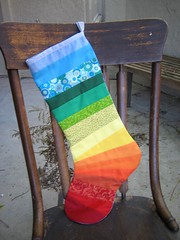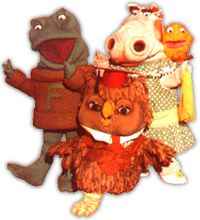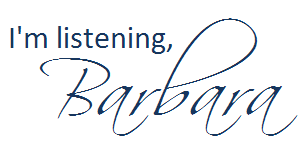
I remember the first time I was asked (told) to use a “peer-reviewed article” in my research for a paper, I had no clue what the professor was talking about. I looked around the room, and the other students in the course were either nodding along or nodding off; no one looked confused, so I decided I wasn’t going to speak up and ask what she meant.
But I didn’t want to do poorly on the assignment, so I waited until after class and went up to ask.
Thank goodness I had a kind and caring professor who was much more interested in making sure her students learned than showing how intelligent she herself was. She told me that in general, it meant that the article came from an academic or professional journal (rather than something like a popular magazine) and that the article had gone through a rigorous review process before being published. It wasn’t just the writer and editor who decided it was good enough to print; other experts in the field provide their input. (There’s a lot more to it than that, but this was a clear enough explanation to get me started.)
When I got to the library (yes, I had to physically go to the library when I was an undergrad), I went to the periodical section and took a recent Public Relations Journal off the shelf. Flipping through the journal, I realized quickly that these articles were nothing like the ones in People or Newsweek. They were written in a much (much!) more formal way, a way that would take some serious getting used to. I pored over an article, trying to make sense of it.
Then, I had an a-ha moment.
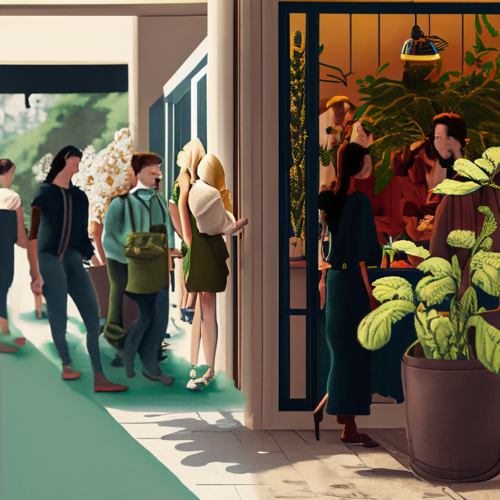
Reading a journal article is kind of like going to a new restaurant.
Should we even go here?
Now, when we explore a journal article, we want to make sure it’s a trustworthy source. Think of it like checking out a new restaurant. We’ll look at things like the reputation of the journal (like checking online reviews), the authors’ credentials (are they renowned “chefs”?), and when the article was published (fresh ingredients or stale leftovers?). There’s not really a Yelp for academic journals, but maybe that would be a fun side gig for me. But I digress.
Read the menu
Before we dig in too deep, let’s start by giving the article a quick skim. Think of it as reading the menu to see if anything catches your eye. We’ll check out the title, abstract, and headings to get a sense of what the article is all about.
Eat dessert first
Despite what your parents and grandparents might have told you as a child, it’s 100% okay to eat dessert first, at least in terms of reading a journal article. A journal article is NOT a mystery novel. You won’t ruin anything by knowing how it ends before you start. Skip to the end of the article and read the limitations and conclusions right away to see if it supports or denies the claim you are trying to make in your own research paper. (NOTE: You will want to read articles on both sides of your claim.)
Taste the app
Now, the introduction is like the appetizer that sets the stage. We’ll find out why the authors decided to do the research, what questions they wanted to answer, and why it’s important. It’s like the first taste that gets our curiosity going. Still interested? Then . . .
Sit at the chef’s table
Time to get to the juicy parts! In the methodology section, we’ll learn how the researchers cooked up their study. We’ll look at the ingredients they used (research design), how they gathered data (like secret recipes), and how they analyzed everything. We want to make sure their approach is solid and follows the rules of the kitchen; it’s like sitting at the chef’s table in the restaurant kitchen, watching how things are prepared for the diners.
Dive into the main course
Ah, the results and discussion sections, the main course! This is where the researchers present their findings and start digging into the flavors. This is the meat of the article (see what I did there?). We’ll see charts, graphs, and analysis. Then, in the discussion, they’ll interpret those results, link them to previous research, and talk about any limitations. It’s like a chef explaining the unique flavors and how they relate to other dishes.
Try an intermezzo
At a restaurant, an intermezzo is a refreshing sip or bite of a palate cleanser between courses. Reading journal articles can be heavy. If you’re feeling like your brain is getting full, get up and walk around for five minutes or watch that TikTok that your best friend just sent you. Then get back to your table.
Savor the dessert
Finally, let’s enjoy the article’s takeaway. It’s time to indulge in our own thoughts and opinions. We’ll consider what we’ve learned, how it contributes to the field, and how it might inspire our own research or practice. And don’t forget, we’re here to discuss and debate, so feel free to spice things up with your own ideas!
Yelp it
Once you’ve finished with the article, you won’t want to forget what it was about. Take the time to make notes on the article, including all the required information for an APA citation (just in case you’ll actually use it in your research) and your own paraphrased thoughts about the article. I used to use the app EndNote to keep track of information like this — it was great when I was working on my Ph.D., as I could easily find articles I’d read for previous classes using it.
A question for you: do you remember what it was like reading your first academic journal article? What advice would you give students early in their college careers on how to read one?
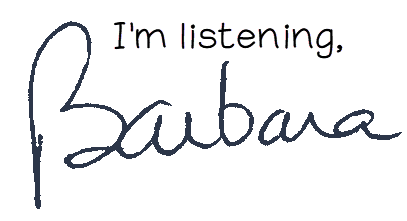
NOTES
The analogy comparing reading a journal article to going to a restaurant was inspired by ChatGPT. Images were created using Adobe Firefly.

